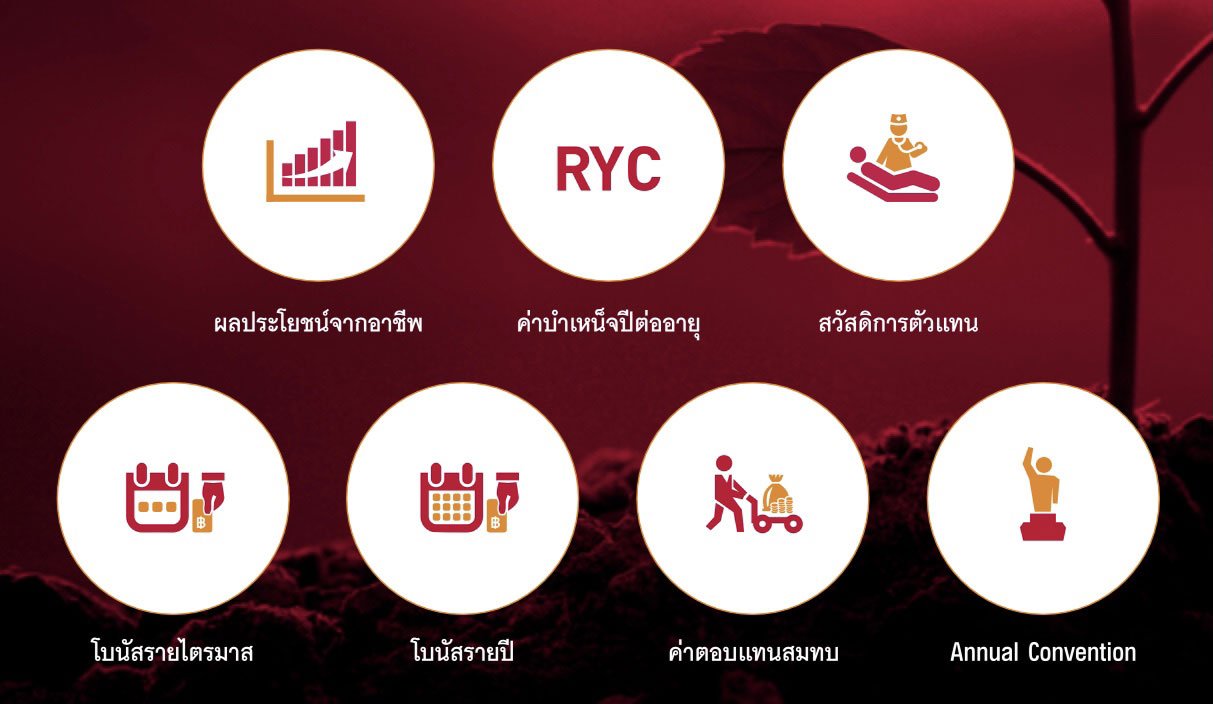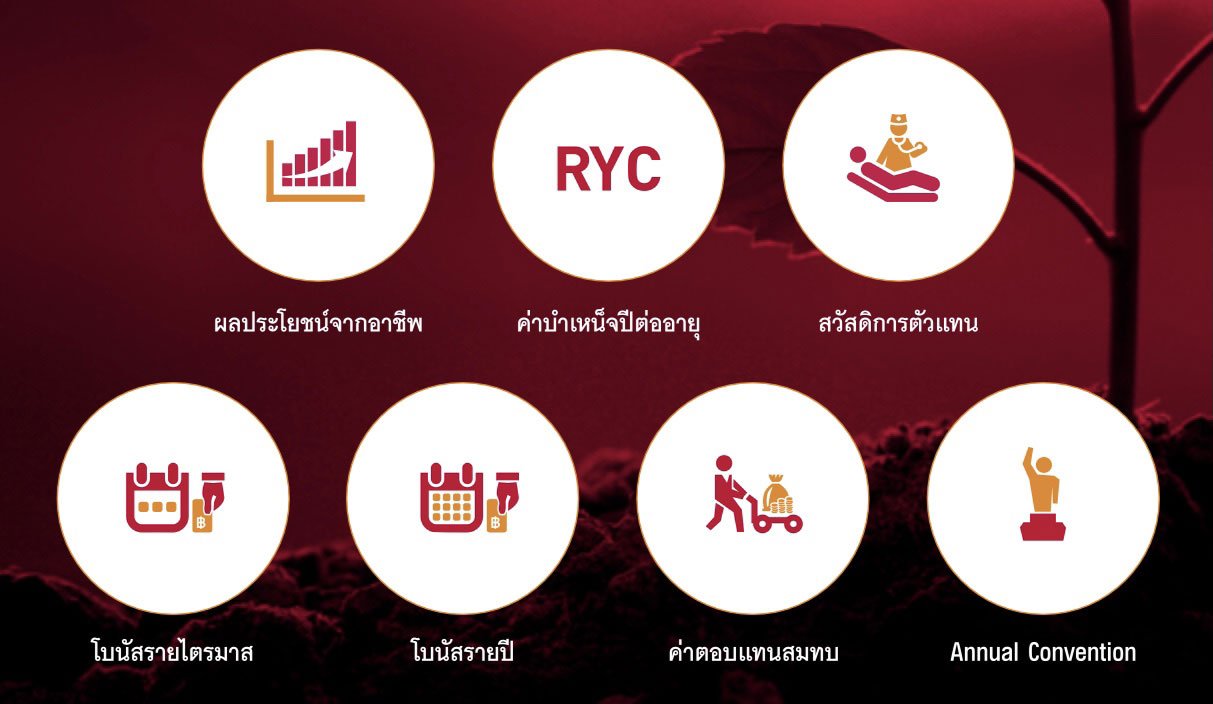AIA agents play a crucial role in the insurance industry, navigating complex policies and providing vital support to clients. This guide delves into the world of AIA agents, exploring their responsibilities, client interactions, and the various insurance products they handle. From understanding the intricacies of different policies to mastering client communication, we’ll uncover the key aspects of this essential profession.
This exploration will detail the multifaceted roles of an AIA agent, including their core duties, typical educational background, and the varying licensing requirements across different regions. We’ll also examine the importance of client communication and effective strategies for building trust. Furthermore, the guide will highlight the evolving market trends and the challenges and opportunities facing AIA agents in the future.
Defining AIA Agent

An AIA agent, or American Institute of Actuaries agent, is a licensed professional specializing in insurance products, particularly those related to life, health, and retirement plans. They play a crucial role in advising clients on these complex financial products, ensuring appropriate coverage and minimizing risks. This expertise often extends beyond simply selling policies; it encompasses comprehensive financial planning strategies.
AIA agents possess in-depth knowledge of actuarial principles and financial markets, allowing them to provide tailored recommendations to meet client objectives. Their role is not just transactional; it’s consultative, emphasizing long-term financial well-being.
Core Responsibilities and Duties
AIA agents have a range of responsibilities, primarily focused on advising clients and navigating complex insurance policies. These responsibilities include conducting thorough client assessments to determine their unique financial needs, providing recommendations for appropriate coverage, and guiding clients through the policy application and underwriting process. They are responsible for maintaining client relationships and assisting with policy updates or changes. Moreover, AIA agents often participate in ongoing education and training to stay abreast of evolving regulations and market trends.
Difference Between AIA Agents and Other Insurance Agents
The key distinction between AIA agents and other insurance agents lies in their specialized knowledge and focus. While other agents might handle a broader range of insurance products, AIA agents concentrate on the complex, often long-term financial aspects of life, health, and retirement insurance. AIA agents are more likely to offer in-depth financial planning and advice, leveraging actuarial principles and market analysis. This detailed approach is often the distinguishing factor.
Licensing Requirements by Region
Licensing requirements for AIA agents vary geographically. Each jurisdiction has its own specific regulations regarding education, examinations, and experience needed for licensing. For example, some states might require a specific number of continuing education hours, while others might place emphasis on practical experience within the industry. The process generally involves passing a standardized exam and fulfilling experience requirements, which are meticulously Artikeld by the regulatory bodies in each region.
Educational Background and Certifications
A typical educational background for an AIA agent includes a strong foundation in mathematics, statistics, and financial principles. A bachelor’s degree is often a minimum requirement. Many AIA agents hold actuarial designations, such as the Associate of the Society of Actuaries (ASA) or the Fellow of the Society of Actuaries (FSA), which demonstrate a high level of expertise and knowledge in actuarial science. These certifications signify a commitment to ongoing professional development.
Roles and Responsibilities

AIA agents play a crucial role in the insurance industry, acting as intermediaries between insurance companies and policyholders. They possess a deep understanding of insurance products and the needs of their clients, guiding them through the process of securing appropriate coverage. Their responsibilities extend beyond simply selling policies; they provide valuable advice and support throughout the policy lifecycle.
A key aspect of an AIA agent’s role is actively listening to client concerns and tailoring insurance solutions to meet those needs. This personalized approach ensures clients feel supported and well-informed, fostering trust and long-term relationships.
Agent’s Role in Client Needs
AIA agents thoroughly assess client needs by engaging in detailed conversations and gathering information. They consider factors such as the client’s financial situation, lifestyle, and potential risks. This comprehensive approach ensures that the recommended insurance solutions align precisely with the client’s requirements. A crucial part of this process involves clarifying client expectations and addressing any concerns, ultimately leading to a mutually beneficial agreement.
Policy Recommendations and Sales Process
The policy recommendation process involves several distinct stages. Firstly, the agent researches and analyzes various insurance options to identify the best fit for the client’s situation. This involves comparing different policy terms, coverage amounts, and premiums. Secondly, the agent presents the recommended policy options to the client, clearly explaining the features and benefits of each. Thirdly, the agent answers questions, addresses concerns, and facilitates a thorough understanding of the policy choices. The sales process culminates in a decision by the client, followed by the issuance of the policy.
Types of Insurance Products Handled
AIA agents handle a diverse range of insurance products. This includes life insurance, health insurance, property and casualty insurance, and various specialized policies such as disability insurance, critical illness insurance, and travel insurance. The specific products offered vary depending on the agent’s affiliations and the insurance company.
Common Tasks and Responsibilities
The table below highlights the common tasks and responsibilities of an AIA agent, categorized by frequency and complexity:
| Task | Description | Frequency | Complexity |
|---|---|---|---|
| Client Consultation | Meeting with clients to understand their needs, assessing their financial situation, and lifestyle. | High | Medium |
| Policy Selection | Comparing various policies based on client needs and budget. Analyzing policy terms, coverage amounts, and premiums. | High | High |
| Policy Issuance | Finalizing the policy documents, ensuring accuracy, and submitting them for approval. This includes coordinating with the insurance company. | High | Medium |
| Policy Administration | Handling renewals, claims, and other administrative tasks related to the policy. | Moderate | Medium |
| Relationship Management | Building and maintaining relationships with clients for ongoing support. | High | Medium |
Client Interaction
Effective client interaction is paramount for an AIA agent’s success. Building strong client relationships fosters trust and loyalty, leading to repeat business and positive referrals. Understanding client needs and preferences is crucial for delivering personalized service and exceeding expectations. Proactive communication and a solution-oriented approach are key components in achieving client satisfaction.
Importance of Effective Communication
Clear and concise communication is essential in conveying complex insurance products and services in a way clients understand. Active listening skills enable agents to grasp client concerns and tailor their responses accordingly. Using appropriate language, avoiding jargon, and adapting communication styles to individual clients significantly enhances understanding and fosters a positive interaction. Misunderstandings can be avoided through meticulous documentation of all client interactions, including agreements and details.
Handling Diverse Client Types
Different clients may require varied approaches. Understanding client personalities and communication preferences is crucial. For example, some clients may prefer detailed explanations, while others may seek quick, concise summaries. Patience and empathy are vital in addressing the specific needs of each client. Agents should be prepared to adjust their approach and remain flexible to ensure that each client feels valued and understood.
Addressing Client Complaints
A proactive approach to addressing client complaints is vital for maintaining a positive reputation. Agents should acknowledge the complaint promptly and listen attentively to the client’s concerns. Understanding the root cause of the complaint is essential for finding a suitable resolution. Offering solutions that address the client’s specific needs, providing clear explanations, and ensuring a timely response are key factors in resolving complaints effectively. Documenting the entire process, from initial complaint to resolution, is crucial for future reference and improvement.
Building Trust with Clients
Trust is the foundation of a successful client relationship. Honesty, transparency, and ethical conduct are essential for building trust. Agents should consistently deliver on their promises and commitments. Keeping clients informed about their policies and proactively addressing their concerns strengthens the bond of trust. Providing timely and accurate information builds credibility and reinforces a client’s confidence in the agent’s expertise.
Client Communication Channels
Effective communication relies on choosing the appropriate channels. This table illustrates the diverse channels AIA agents use:
| Channel | Description | Advantages | Disadvantages |
|---|---|---|---|
| Phone | Direct communication. | Immediate feedback. Opportunity for clarification and immediate solutions. | Can be time-consuming. May not be suitable for complex discussions. |
| Written record of communication. | Convenient, allows for detailed explanations and attachments. Accessible from anywhere. | May take longer to respond. Less immediate feedback. Risk of misinterpretation without tone. | |
| In-person meetings | Face-to-face interaction. | Establishes rapport, builds trust, allows for nonverbal cues. | Can be time-consuming to schedule. May not be practical for all clients. |
| Video conferencing | Virtual face-to-face interaction. | Combines the benefits of in-person and phone calls. | Potential for technical difficulties. |
| Online portals | Client access to policy information, documents, and communication. | Convenient access for clients. Provides a centralized hub for communication. | May not be suitable for complex inquiries or immediate assistance. |
Products and Services

AIA agents offer a diverse range of insurance products tailored to meet various client needs. This section details the types of insurance products, their associated benefits and drawbacks, and how agents assist clients in navigating the options. Understanding these products empowers clients to make informed decisions aligned with their financial goals and risk tolerance.
Insurance Product Types
A comprehensive understanding of the various insurance products is crucial for clients to choose policies that best suit their requirements. This section explores the key types of insurance offered by AIA agents.
| Product Type | Features | Target Audience | Cost |
|---|---|---|---|
| Life Insurance | Provides financial protection to beneficiaries in the event of the insured’s death. Different types include term life, whole life, and universal life insurance, each with varying premiums and coverage periods. Some policies may also include riders, such as accidental death benefits or critical illness coverage, for added protection. | Individuals and families seeking to secure their loved ones’ financial future. | Variable, depending on factors like age, health, and coverage amount. |
| Health Insurance | Covers medical expenses incurred due to illness or injury. This can range from basic coverage to comprehensive plans that include hospitalization, surgery, and prescription drugs. Many plans have deductibles, co-pays, and co-insurance amounts to help manage costs. | Individuals and families looking to mitigate the financial burden of healthcare expenses. | Variable, depending on the plan’s coverage, benefits, and the individual’s location. |
| Critical Illness Insurance | Provides a lump-sum payment upon diagnosis of a critical illness, such as cancer or heart attack. This can help cover medical expenses and provide a financial cushion during a challenging time. | Individuals and families who want financial support in the event of a critical illness. | Variable, based on the specific coverage and the insured’s health. |
| Disability Insurance | Replaces lost income in the event of a disability preventing an individual from working. Policies vary in terms of the types of disabilities covered and the percentage of income replaced. | Individuals seeking income protection in the event of a disability that prevents them from working. | Variable, based on the coverage amount and the insured’s pre-existing health conditions. |
Policy Features
Insurance policies often include a variety of features, which influence the overall cost and coverage. Understanding these features is vital to choosing the right policy.
- Premium Payments: The amount paid periodically to maintain the policy. Factors affecting premium include the type of coverage, coverage amount, and the insured’s health. Premiums can be paid monthly, quarterly, or annually. For example, a 30-year-old healthy individual purchasing a term life insurance policy with a $500,000 coverage amount will likely pay a lower premium than a 60-year-old with pre-existing health conditions.
- Policy Exclusions: Specific conditions or circumstances not covered by the policy. These are crucial to review as they detail what isn’t included in the policy’s coverage. Understanding exclusions helps avoid misunderstandings and ensures the policy meets the client’s needs.
- Policy Riders: Optional add-ons to a base policy that provide additional benefits or coverage. Examples include accidental death benefits, critical illness coverage, and waiver of premium options. Riders can significantly enhance the policy’s value but increase the overall premium.
Client Assistance
AIA agents play a crucial role in helping clients navigate the complexities of insurance options. Agents provide personalized guidance and support, ensuring clients understand the various products and their suitability.
- Policy Selection: Agents assist clients in evaluating their individual needs and preferences to determine the most appropriate insurance products.
- Policy Explanation: Agents thoroughly explain the policy terms, conditions, exclusions, and benefits to ensure clients understand the policy’s implications.
- Claim Process Guidance: Agents guide clients through the claim process, providing support and information to facilitate a smooth and efficient resolution.
Market Trends and Future Outlook
The insurance industry is experiencing a period of significant transformation, driven by evolving customer expectations, technological advancements, and shifting regulatory landscapes. This evolution presents both challenges and opportunities for AIA agents, requiring a proactive approach to adaptation and innovation. Understanding these trends is crucial for agents to maintain competitiveness and capitalize on emerging opportunities.
Current Trends in the Insurance Industry
The insurance sector is witnessing a surge in digitalization, with customers increasingly seeking online and mobile-based interactions. This trend is influencing the ways insurance products are marketed and delivered, demanding agents to leverage technology effectively. Furthermore, there’s a growing emphasis on personalized and proactive service models, reflecting the need for agents to cultivate strong client relationships and provide tailored solutions. Data analytics is playing a critical role in risk assessment and pricing, leading to more precise and efficient insurance products.
Emerging Challenges and Opportunities for AIA Agents
The rise of digital platforms and automated processes poses a challenge to traditional sales approaches. However, this also presents an opportunity for agents to focus on value-added services like financial planning, risk management consultation, and personalized service packages. Agents who can adapt their skills to encompass digital tools and customer relationship management (CRM) systems will be better positioned to succeed. The focus on data analytics and customer insights will become increasingly crucial. Agents can leverage this to provide clients with tailored advice and innovative solutions.
Technology’s Impact on the Insurance Sector
Technology is fundamentally reshaping the insurance industry. From AI-powered risk assessment tools to online policy management systems, technology is automating tasks, improving efficiency, and enhancing customer experiences. Digital platforms are providing greater accessibility to insurance products and services, potentially expanding the market reach. Furthermore, data analytics is facilitating more precise risk modeling and pricing, leading to more competitive and targeted products.
Impact on the AIA Agent Job Market
The evolution of technology is impacting the job market for AIA agents. Agents who embrace technology and cultivate specialized skills, such as data analysis and digital marketing, will be better equipped to succeed in the changing landscape. The demand for agents with strong communication and relationship-building skills, coupled with technical proficiency, will likely increase. Agents should view technology not as a threat but as a tool to enhance their capabilities and provide more valuable services to clients.
Evolution of Insurance Products and Services
Insurance products and services are evolving to meet the diverse needs of customers. The emergence of personalized insurance solutions, tailored to individual risk profiles and financial goals, is a key trend. Furthermore, there’s an increasing emphasis on preventative measures and proactive risk management. This involves integrating wellness programs and other initiatives that help mitigate potential risks and encourage healthy lifestyles. Additionally, there’s a growing interest in customized insurance solutions, designed to address specific needs and preferences.
Ultimate Conclusion

In conclusion, AIA agents are essential figures in the insurance landscape, acting as intermediaries between clients and the complex world of insurance products. Their role involves not only understanding policy details but also effectively communicating with clients and addressing their needs. This guide has provided a comprehensive overview of their responsibilities, client interactions, and the insurance products they handle. By understanding the evolving market trends and the crucial role of effective communication, AIA agents can thrive in the future of the insurance industry.
AIA agents often partner with insurance providers like ICICI Lombard General Insurance to offer a broader range of policies. This allows them to cater to a wider client base and provide comprehensive insurance solutions. Ultimately, AIA agents benefit from these partnerships, enhancing their service offerings and ultimately helping clients.
Finding an AIA agent can be tricky, but a good starting point is checking out the resources available on websites like www tataaia com. This site likely provides details on different AIA agents and their services, helping you locate one who best suits your needs. Ultimately, the right AIA agent can make a big difference in your insurance journey.
AIA agents are crucial for navigating the complexities of insurance, and understanding your policy options. For a streamlined way to manage your AIA policies, check out your “my axa” account, my axa , offering a digital hub for policy details and updates. Ultimately, these agents remain your trusted partners in securing your financial future.

